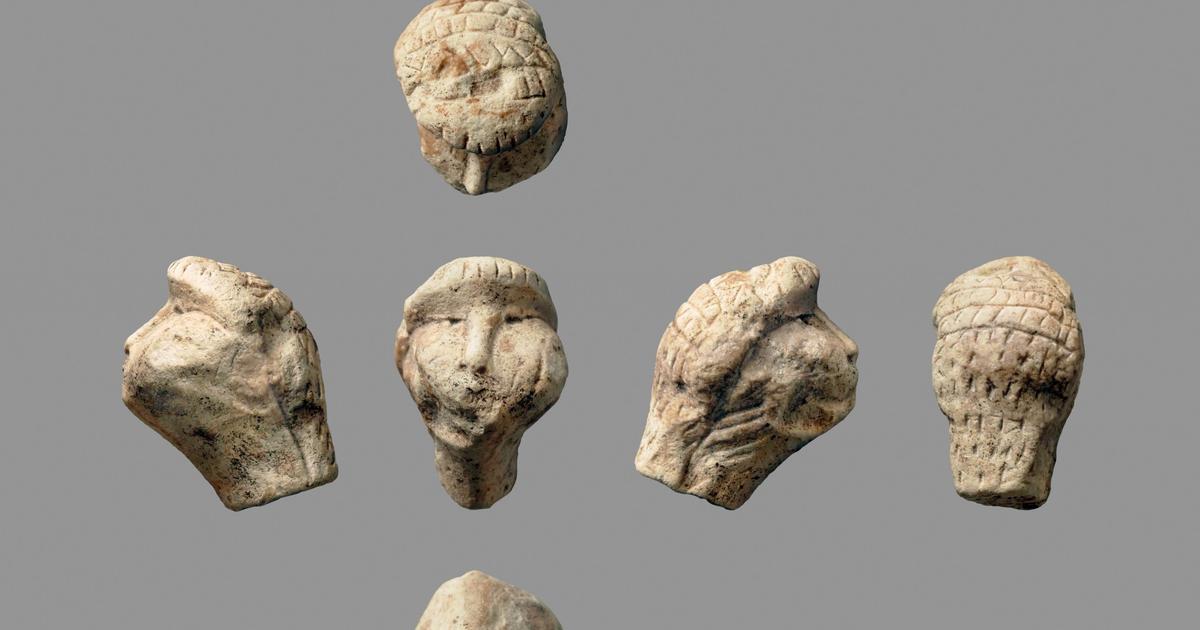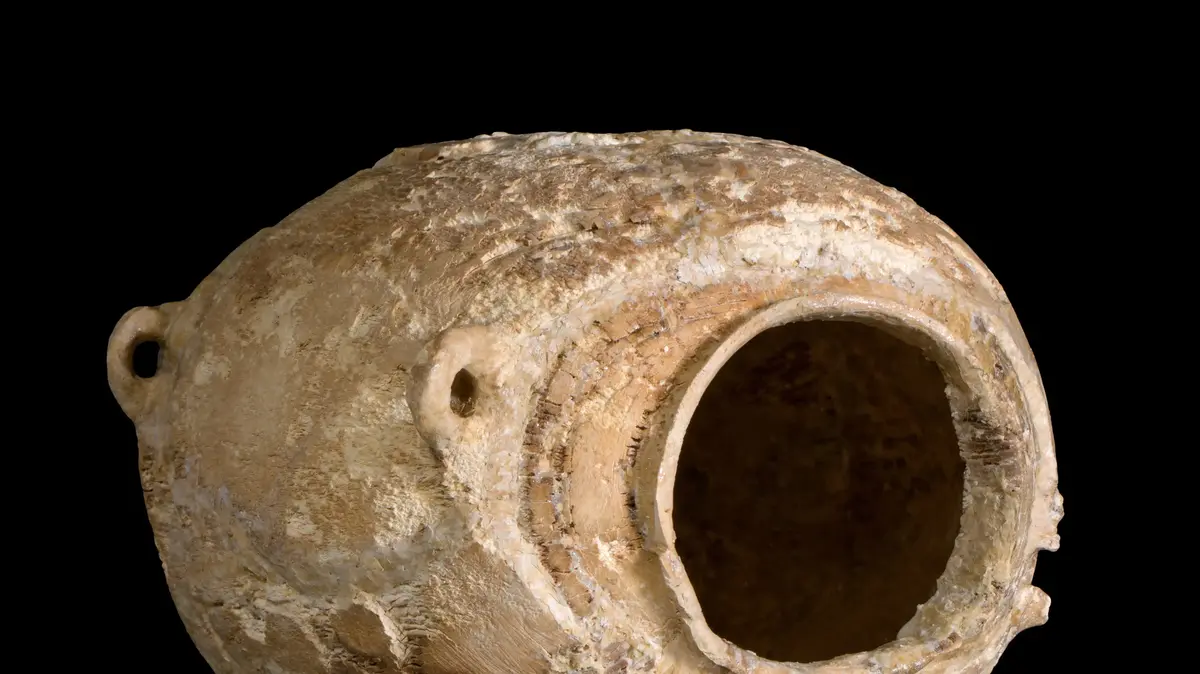Science has given at least two humbling lessons to humanity in recent decades. The enormous advances in the knowledge of the behavior of animals, through the work of ethologists such as Carl Safina or Frans de Waal, have shown that the fact that we cannot fully understand how animals think and feel does not mean that they are not intelligent beings and sentient. The other lesson has to do with our remote past: the discoveries around the Neanderthals, the human species closest to ours, disappeared some 40,000 years ago, have shown that they were not primitive, wild and quite Kaffir beings as they had been. described by popular and scientific culture until relatively recently, but were as intelligent as we are, which did not prevent them from disappearing.
When Carl Safina's book
Wonderful Minds
(Gutenberg Galaxy) came out,
The New York Review of Books
wrote that its long-term effect on the collective consciousness was to be as important as that produced
by Charles Darwin's
On the Origin of Species
: a radical rethinking of our relationship with the world around us. Frans de Waal, an ethologist at Emory University in Atlanta, has also contributed to this change in mentalities with books such as
Do we have enough intelligence to understand the intelligence of animals?
(Tusquets). The idea, sanctioned since
Genesis
, that man was superior to other creatures was in question.
Sex between Neanderthals and 'sapiens': literature was ahead of science
Both authors demonstrate that animals such as large mammals (elephants, killer whales, dolphins, whales), primates (orangutans, gorillas, chimpanzees, bonobos) or some species of birds (parrots, crows) establish complex societies, take care of the weak, use instruments, they transmit knowledge through culture, they surely handle languages and, in the case of dolphins or belugas, it is quite possible that they even call each other by their names.
The National Geographic series
The Secrets of the Whales
or the Netflix documentary
What the Octopus Taught Me
, which won the Oscar this year, demonstrate the complexity of the animal world and, at the same time, the gulf that separates us from it.
It is clear that we are not the only intelligent species, capable of harboring complex feelings and transmitting a culture, but will we be able to communicate with other species, from which we separated millions of years ago?
Can we understand the sensory and social experience of an octopus or a sperm whale?
Recreation of the face of a Neanderthal woman by Dutch artists Andrie and Alfons Kennis.Joe McNally / Getty Images
"This gigantic black hole in our understanding of the creatures with which we share the planet", wrote Jenny Diski in her book
What I do not know about animals
(Seix Barral), "a mystery as enormous and irresistible as the universe itself, is intolerable not only because it reminds us that we cannot access any other conscience, not even those of those who are part of our own species ”.
Something similar happens to us with Neanderthals, and that is why we are surely passionate about them and so many books are published about them: they show us “that there is another way of being human”, as Rebecca Wragg Sykes, author of the extraordinary
Neanderthals
, wrote
. The life, love and death of our distant cousins,
a
best seller
in the Anglo-Saxon world that this September Geoplaneta will publish in Spanish. Juan Luis Arsuaga, author together with Juan José Millás of
The life told by a sapiens to a Neanderthal
(Alfaguara), spoke in a very similar sense: "They represent another way of being human and that is something that is hard for us to imagine."
There are many things that we can never understand about them, and not only because it is a species that was extinct for millennia.
His way of seeing the world - which has come to us through scattered and mysterious archaeological remains, such as engravings in rocks or bird bones surely drilled to make necklaces - has been lost forever.
But also, as with animals, we have to overcome a century and a half of prejudices based on a single idea: we are superior to them.
Reconstruction of a Neanderthal at the Eyzies-de-Tayac Museum of Prehistory (Dordogne) .PIERRE ANDRIEU / AFP via Getty Images
When he discovered the first sophisticated prehistoric paintings, those of Altamira, in 1879, Marcelino Sanz de Sautuola was accused of forgering. As Gregory Curtis describes in his book
The Cave Painters. The mystery of the first artists
(Lumen), when he entered the bison room "was the first time that we have news in which an artist from the distant Age of Piety touched the sensitivity of a modern person." The vast majority of scientists of his time despised the discovery of Sanz de Sautola because they thought that what they then considered primitive men could not have made those drawings. Time and discoveries eventually proved him right and it was clear that those
sapiens
The cavemen were just as smart and creative as we are.
The prejudices then shifted to the other human species of which more and more remains appeared, the Neanderthals.
In 2018, the National Museum of Natural History in Paris housed an exhibition entitled
Neanderthal
, which was curated by Pascal Depaepe and Marylène Patou-Mathis, a great European prehistorian, expert on Neanderthals and of which Lumen will publish in September
Prehistoric man was also a woman
.
The exhibition, of which a wonderful catalog was published, was dedicated both to showing the advances in the knowledge of this species, which lived for at least 300,000 years, and to dismantling myths.
A Neanderthal in costume, in the Neanderthal Museum in Mettmann (Germany) .Federico Gambarini / © Federico Gambarini / dpa / Corbis
"Since the first skeletons began to be discovered, this species was quickly identified with 'savages," explains Patou-Mathis, and they were assimilated with what colonialist and racist Europe of the 19th century considered inferior beings. "In popular works from the years 1880-1890, archaeological data are mixed with ethnographic data," writes the prehistorian, who points out that they were identified, for example, with the Australian aborigines. Blackjacks, grimy hairs, grunts, abduction of women were images that always appeared associated with those other humans. Only in the last few years did that vision begin to change and Neanderthals appeared for what they are: humans like us, only different. We are no longer the only human species that developed a complex culture,to become the only one who has been lucky enough to reach the 21st century.
"As the first hominin species we (re) discovered, Neanderthals are the ones we know most intimately and are closer to than ever," writes Rebecca Wragg Sykes.
“After more than 160 years, we have finally begun to consider them on their own terms: successful, flexible, even creative.
Above all, Neanderthals were survivors and explorers, pioneers of new ways of being human, expanding through space and even time.
You can follow BABELIA on
and
, or sign up here to receive
our weekly newsletter
.









